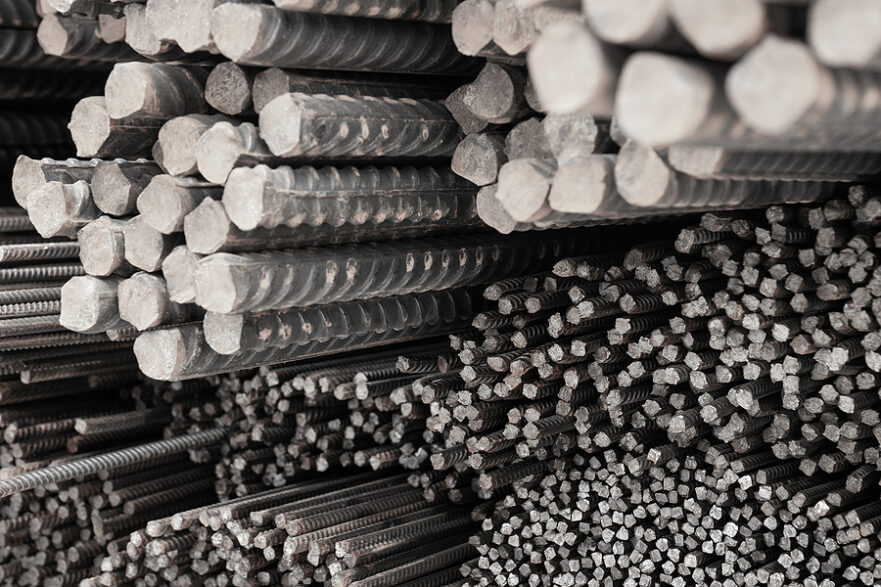LATEST NEWS
Who Invented The Reinforcing Steel Bar?
When building a complex concrete structure, one that requires both tensile and compressive strength, the concrete material will have a grid of twisted steel bars running through it.
This steel reinforcing bar, often known just as rebar, has been the metal core running through all of the biggest concrete infrastructure projects of the 20th century, as it was the missing link that made the skyscraper possible.
Its modern implementation can be credited in no small part to inventor and abolitionist Thaddeus Hyatt.
In 1877, after the end of the American Civil War and whilst living in London, Mr Hyatt published a research report detailing some of his experiments with mixing iron with concrete made from Portland cement.
The classically long Victorian Age title is interesting because the initial impetus for explorations of reinforced concrete was less about making concrete better but relying on less metal during a time when many monuments and landmarks were being made of wrought iron.
It would take several years before his ideas would be truly applied, however, the concept of using metal to reinforce buildings actually predates Mr Hyatt by over 400 years.
The Château de Vincennes, constructed in its namesake town on the eastern outskirts of Paris, was one of the preferred palaces of residence for several kings of France from its completion in 1369 up until the 16th century, aside from a brief period of English occupation in 1420.
What made it so unique and so imposing was its height. Its Dojon Keep was 50 metres high, a feat only made possible through the prototypical use of rebar.
In total, 1.6 miles of iron bars were built into various parts of the structure, used to great effect to keep the windows, doorways and windows secure, with entire belts of bars used on the ground, the fifth floor and the sixth floor.
It was by far the most ambitious use of rebar up until the 19th century, although whilst we know that the building was commissioned by King Charles V of France, it is believed that he was also its chief architect, with the official website crediting him for building it into a fortress of protection thanks to techniques centuries ahead of their time.






